NASA 4G On The Moon: Astronauts Will Soon Have Cell Service Just Like On Earth
Aadhya Khatri - Oct 26, 2020
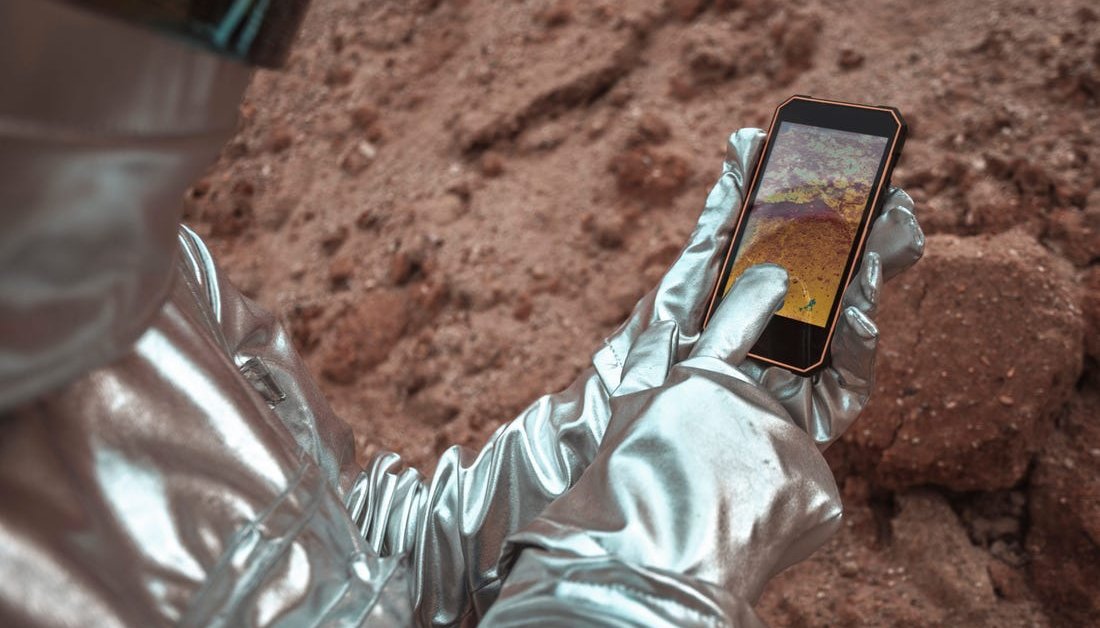
NASA 4G on the Moon is an ambitious plan and the space agency has chosen Nokia to be its partner to make it a reality
NASA 4G on the Moon is an ambitious plan and the space agency has chosen Nokia to be its partner to make it a reality.
This’s by far the biggest NASA news this year.
The system is scheduled to go live in 2022, allowing astronauts to have high-definition videos even when they are no longer on Earth.
Nokia is set to receive $14.1 million to help build the needed infrastructure to make lunar voice, video calls, gadget controls, real-time navigation, and data transmission possible.
For the NASA 4G on the Moon project, Bell Labs, Nokia’s R&D arm will work closely with Intuitive Machines – a space engineering company to send the system to the Moon.
According to Nokia, the 4G system would be able to withstand the shock of landing on our natural satellite, taking off from Earth, and the severe conditions on the Moon.
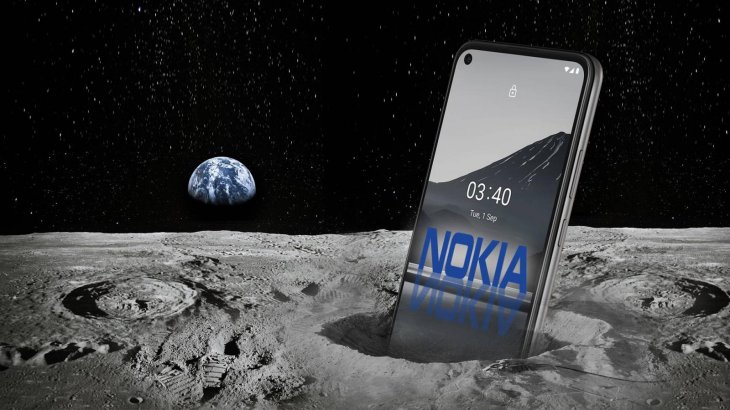
The ultimate goal here is to make an upgrade to 5G, a technology that not many countries on Earth have.
NASA 4G on the Moon is part of the Tipping Point program for public-private partnerships. The project will award over $370 million to firms that participate in developing technologies for the Moon. Its focus is on energy production, fluid management, and precision landing.
This isn’t the only project that has received NASA’s investment to bring the technologies we have on Earth to the Moon. Astrobotic Technology – a company based in Pittsburgh has been given $5.8 million to help build a technology that allows electronic devices to be wirelessly charged on our natural satellite.
These grants are to serve Artemis, NASA’s project to send humans back to the Moon in 2024 and establish a more regular presence four years after that, which requires reliable communication, or NASA 4G.
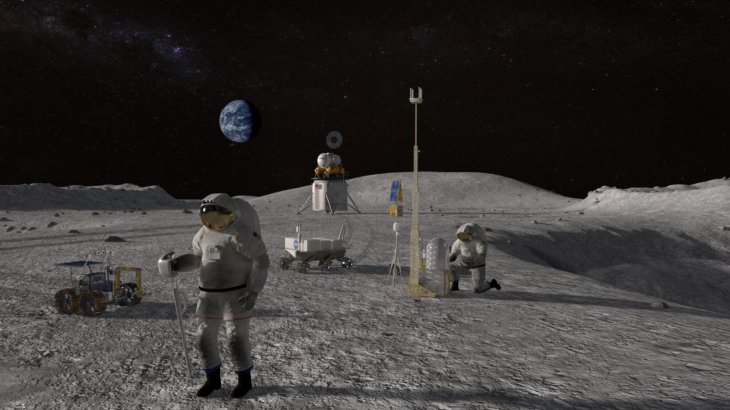
In a separate report, ISRO has come up with a draft for Spacecom Policy 2020 after offering the private sector the chance to join the space industry.
If you are wondering about NASA vs ISRO, what’s the difference, here is a brief explanation. NASA’s missions are mostly research-oriented while those of ISRO are development-oriented.
Space Communications: What You Need to Know
Before NASA 4G on the Moon becomes a reality, we already have our own ways to enable communication, but between space and Earth.
Allowing people in space to talk to those on Earth has always been challenging. Fortunately, NASA has enough expertise and experience to make it a reality.
The space agency called it SCaN (short for Space Communications and Navigation). The program allows for sending and receiving data onboard the ISS (International Space Station), during the Artemis mission, and rovers on Mars.
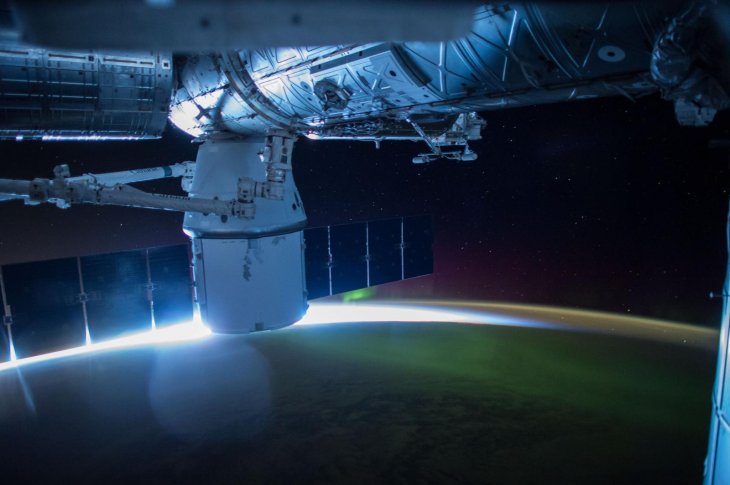
Here are the difficulties in space communications and what NASA has done to make it possible.
The Basics
Space communication needs two things, a receiver, and a transmitter. Messages are encoded by the transmitter through modulation onto electromagnetic waves. What basically happens is the wave properties are changed to present the messages.
These waves then travel through pace to reach the receiver, which demodulates them and decodes the messages.
This is similar to networked devices and Wi-Fi routers in our homes.
Ground Networks
Long before NASA 4G on the Moon, the space agency has successfully allowed communication. But the endeavor isn’t as easy as doing so on Earth.
It had to build a wide range of antennas on every continent. That isn’t all. Communications must be planned by network engineers to make sure that when spacecraft flies pass, the antennas are ready to receive data.

Some of these antennas are as tall as 70 meters to enable extremely long-range communication like with the Voyager spacecraft, which is more than 21.2 billion kilometers.
Space Relays
Satellite relay is another way to enable communication in addition to the above way with antennas. Bear in mind that we are talking about sending/receiving data between Earth and space, NASA 4G on the Moon is limited on the planet only.
A prime example of this method is the way we communicate with the Perseverance rover. The TDRS (or Tracking and Data Satellites) transmits data to ground stations in Guam and New Mexico.
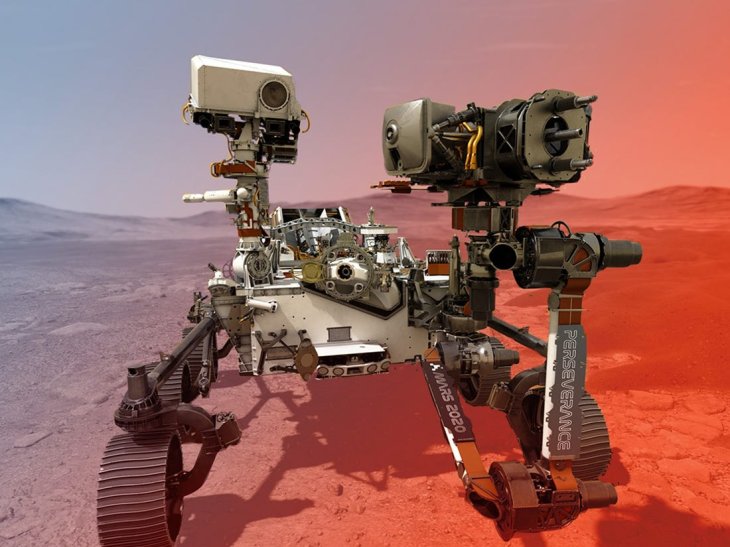
Data from the rover is sent to orbiters flying around Mars, which in turn sends it to Earth.
Space relay’s most obvious advantage over other means of communication is that it allows sending and receiving signals in a near-continuous stream between Earth and missions in low-Earth orbit.
Data relay can be done every hour, every day, without the need to pass a ground station.
Bandwidth
Data is encoded on a wide range of electromagnetic frequency bands and each of them has different benefits. The higher the bandwidth, the more data is carried.
For now, the agency is relying on radio waves, but it is looking into the possibility of using infrared lasers for the job. Obviously, the agency has other ongoing projects regarding communication other than the NASA 4G on the Moon.
Latency
On Earth, you may not notice latency but in space, where the sender and the receiver can be millions of kilometers away from each other and that’s a real challenge.

When Mars is at its closest distance to Earth, the delay is around 4 minutes, when it’s at its farthest, the time is 24 minutes.
So for now, NASA live communication in space is still a far future.
Interference
The quality of data transmissions can deteriorate because of radiations from celestial bodies and other ongoing missions. To deal with this problem, NASA uses computer algorithms to detect and correct data.
We have evolved from the time when we had to make do with grainy videos sent from space. Now 4K NASA video is a reality, offering a better than ever experience of what is like beyond our own planet.
>>> The Moon Used To Protect Earth With Its Magnetic Field, NASA Discovers
Featured Stories

Features - Jul 01, 2025
What Are The Fastest Passenger Vehicles Ever Created?

Features - Jun 25, 2025
Japan Hydrogen Breakthrough: Scientists Crack the Clean Energy Code with...

ICT News - Jun 25, 2025
AI Intimidation Tactics: CEOs Turn Flawed Technology Into Employee Fear Machine

Review - Jun 25, 2025
Windows 11 Problems: Is Microsoft's "Best" OS Actually Getting Worse?

Features - Jun 22, 2025
Telegram Founder Pavel Durov Plans to Split $14 Billion Fortune Among 106 Children

ICT News - Jun 22, 2025
Neuralink Telepathy Chip Enables Quadriplegic Rob Greiner to Control Games with...

Features - Jun 21, 2025
This Over $100 Bottle Has Nothing But Fresh Air Inside

Features - Jun 18, 2025
Best Mobile VPN Apps for Gaming 2025: Complete Guide

Features - Jun 18, 2025
A Math Formula Tells Us How Long Everything Will Live

Features - Jun 16, 2025
Comments
Sort by Newest | Popular